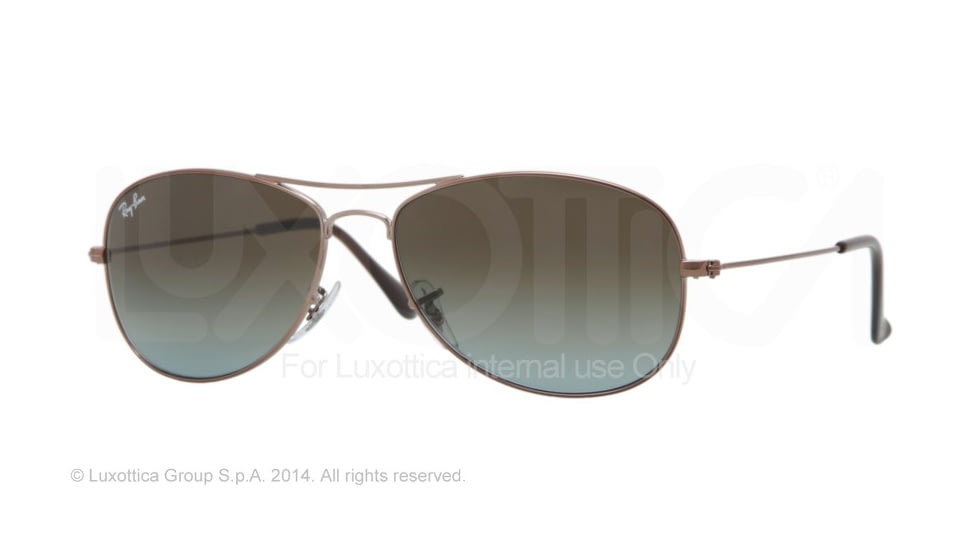

Meta's track record in hardware hasn't been great. At the time, the site reported that Meta sold 600,000 Portals in 2020 and 800,000 the following year, according to market analysis firm IDC. In June, The Information reported that Meta would stop making Portals for consumers and start pushing them as business tech as part of a hardware strategy restructuring to appease investors. The app enables screen sharing during video calls and provides quick access to video call features, like mute and link sharing in Zoom, Workplace, and BlueJeans. Meta also gave all Portals with a touchscreen-namely, the Portal Go, Portal Plus, Portal, and Portal Mini-a Meta Portal Companion app for macOS.
Ray ban cockpit portable#
Because it's built for video image quality, it has a decent resolution for a portable display-2160×1440.ĭuet Display doesn't require a display to be connected to a computer via a cable, so specific Portals are now portable wireless monitors, too. The Portal Plus is the same size as some of the best portable monitors, so it makes sense to repurpose it for that function. Rumor has it that Meta is pivoting the Portal from consumers to businesses, but first, the product is getting at least one more chance to prove it can add value to people's homes. On Wednesday, Meta announced that the Portal Plus Gen 2 and Portal Go now support Duet Display, an app that can turn a display into a secondary monitor for Macs and PCs. Even with the addition of music apps like Spotify and productivity apps like Microsoft Teams and a calendar, the products struggled to become something that felt necessary in tech-gadget-filled homes. The 10- to 14-inch screens were heavily marketed as video-calling devices for apps like Facebook Messenger and Zoom.

Meta's Portal displays have always felt pretty niche.


 0 kommentar(er)
0 kommentar(er)
